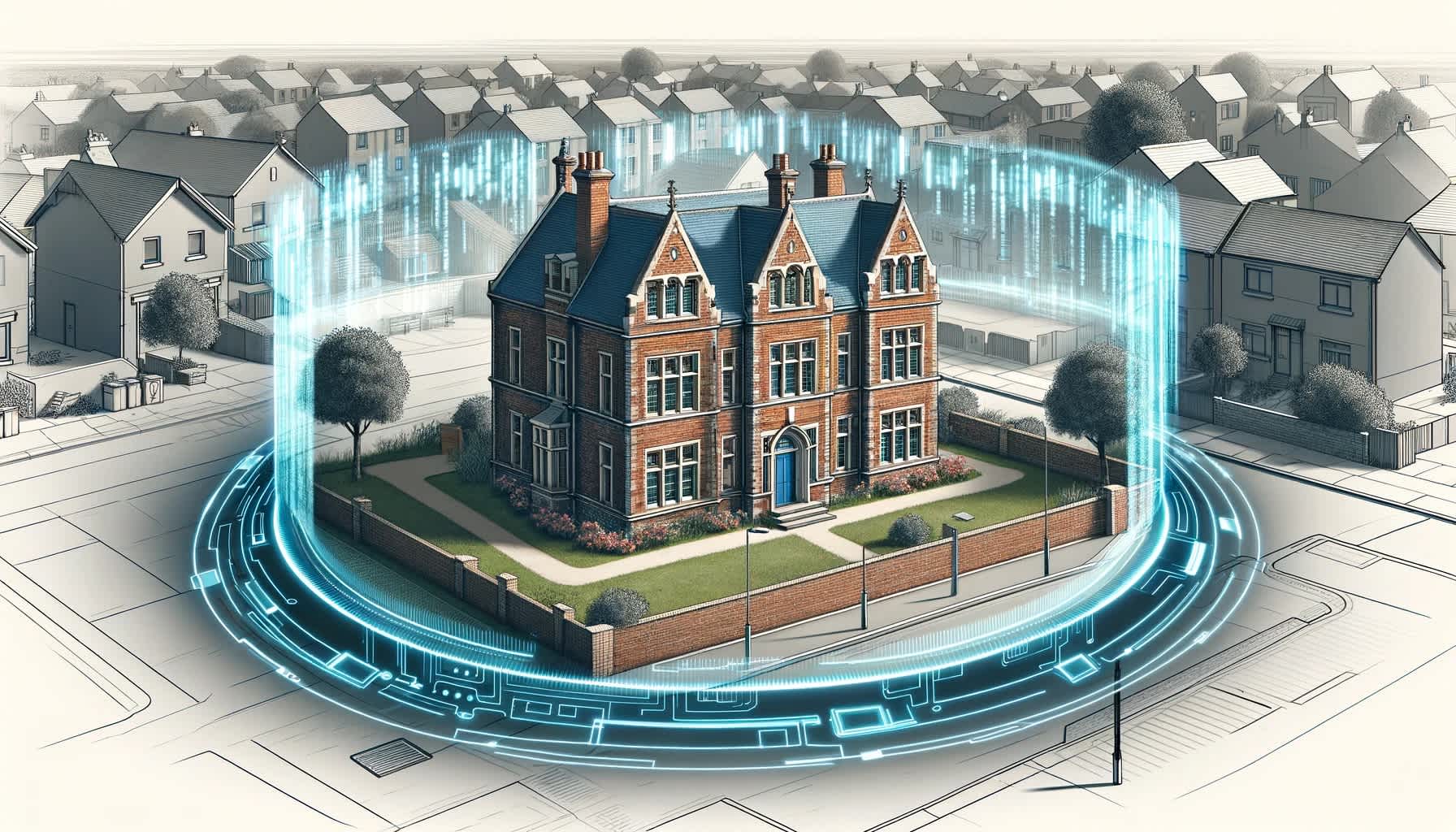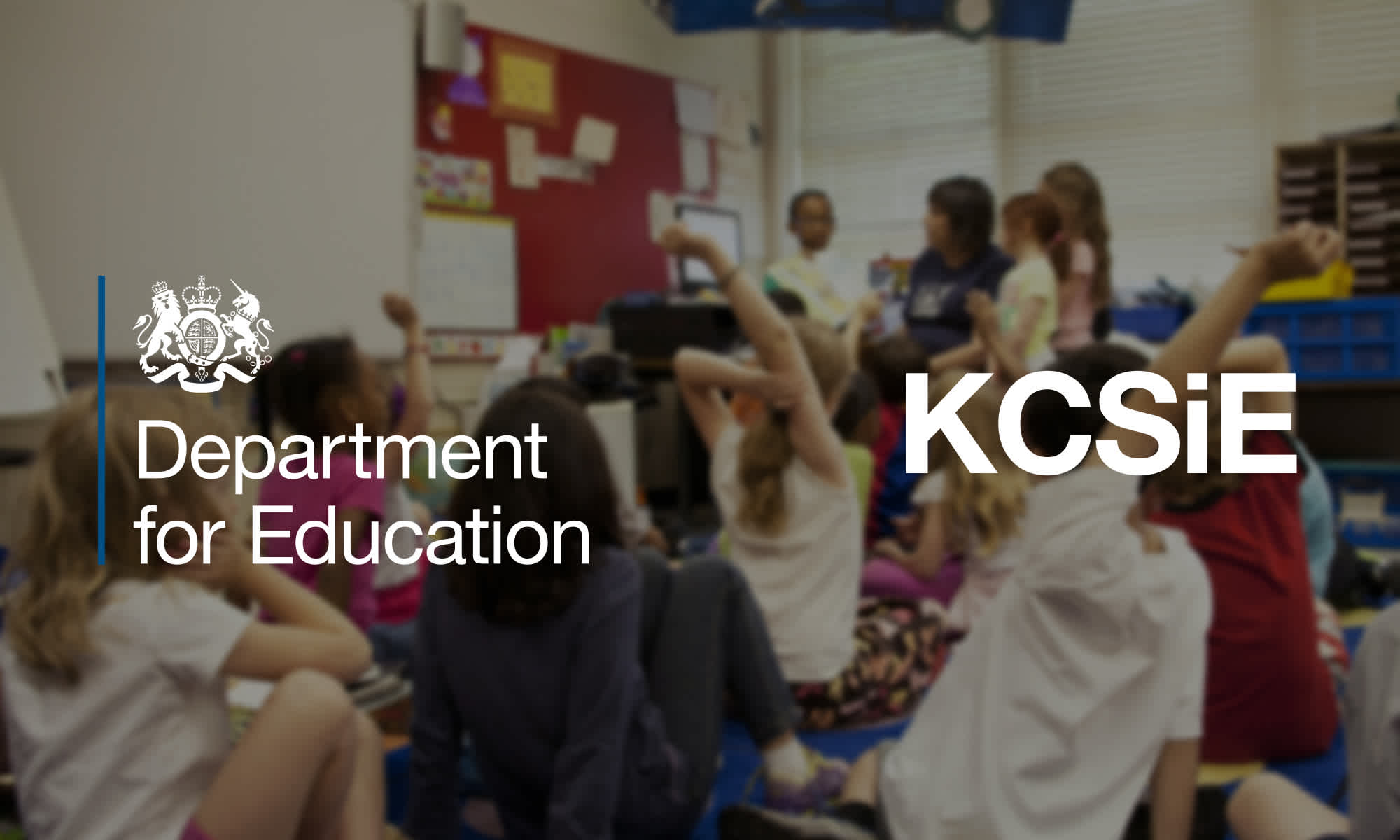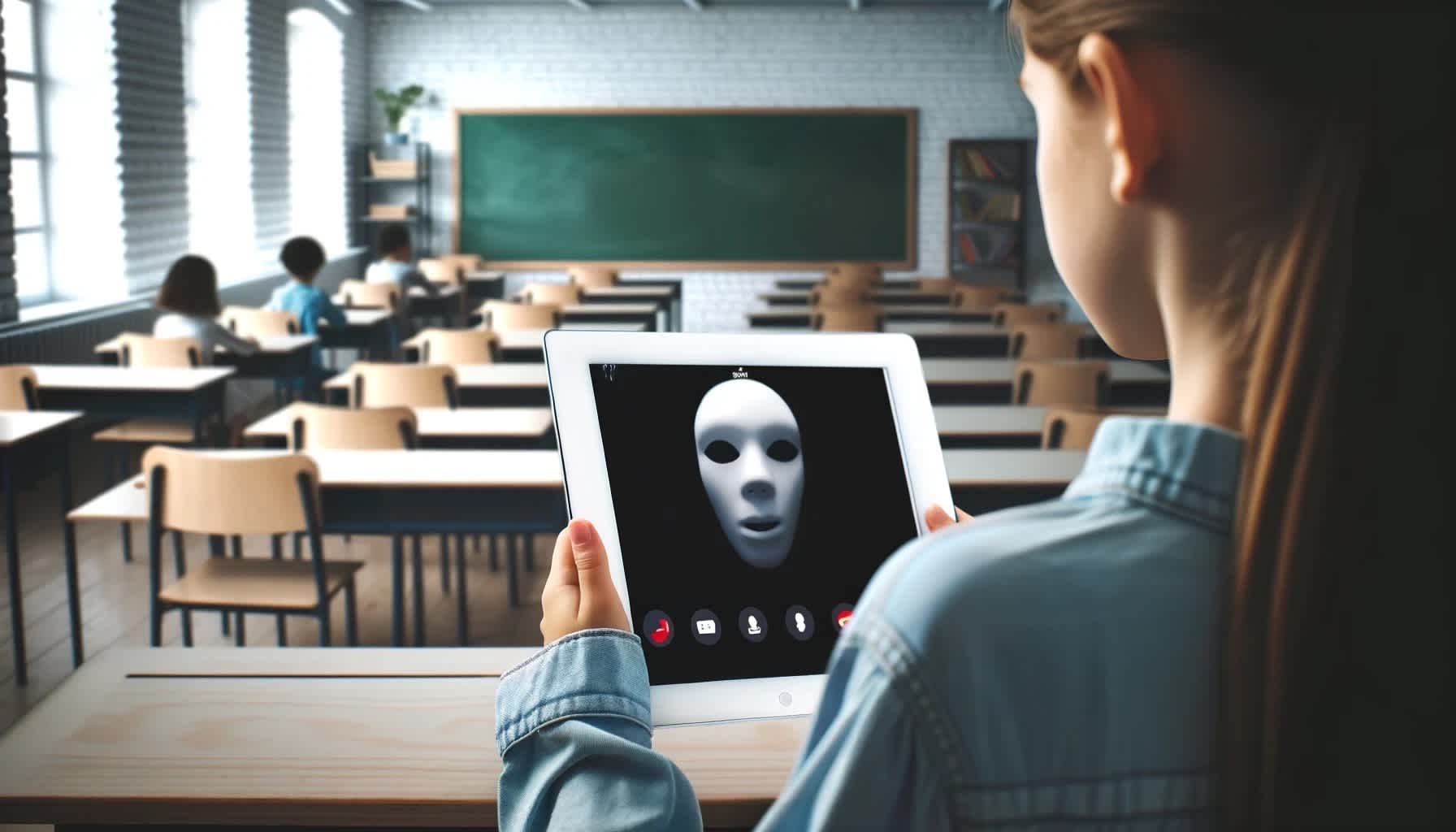Understanding firewalls for internet safety: A beginner's guide for educators

by

Simon May
Digital education has become an integral part of many school curriculums, and as it continues to expand, educators must prioritise safety and security measures. The primary responsibility of educators is keeping children safe, and with the rise of online learning platforms and digital resources, this is even more important. However, with a more technical focus, the IT Team is very much involved in these duties as well.
In the UK, it is the Designated Safeguarding Lead's (DSL) responsibility to ensure the latest Keeping Children Safe in Education (KCSiE) guidelines are followed, which includes keeping a robust and reliable technical infrastructure in place. Implementing this falls under the IT Team’s expertise, so it is important that the DSL can rely on them to roll out and maintain these systems.
As the DSL and IT Team work so closely, it is beneficial for the DSL to understand some of the more technical language. Being able to understand this language will create smoother communications and therefore a more efficient and safer online environment.
Fastvue is designed to make following the KCSiE guidelines easier with its expert monitoring and reporting features.
This article will discuss the fundamentals of digital security in education, sharing how to navigate the world of firewalls and understand the technical jargon in between.
Understanding firewalls for safe browsing
Firewalls are essential components of network security, designed to monitor and control incoming and outgoing network traffic. With various types available, depending on specific needs, navigating the options can be overwhelming, particularly for non-tech staff.
We’ve created a list of firewalls that educational staff may come across. Use this as a glossary to refer back to whenever needed.
Circuit-level gateway
Imagine this as a security booth, where the staff check each person's ID before letting them through. It focuses on checking the connections between different devices to ensure they're safe and authorised.
Distributed firewall
Now, think of this as having multiple security guards stationed at different areas. Instead of just one gate, you have guards everywhere, keeping an eye on things from all angles to make sure everything stays safe and secure.
Network firewall
This is like the main entrance gate of your school. It checks who's trying to enter or leave your school's network, making sure only the right people get in and nothing harmful gets out.
Hardware firewall
Imagine this as a strong, sturdy lock on your school's internet door. It's a physical device, like a lock on a door, that sits between your school's network and the outside world, keeping unwanted visitors out and your online space secure.
Host-based firewall
This one is like having a bodyguard for each computer or device in your school. It checks everything that tries to come in or go out, making sure only the good stuff gets through and the bad stuff stays out.
Internal firewall
Protects internal networks from threats originating within your school’s infrastructure. Not all threats come from the internet, sometimes they come from your own network, so an internal firewall will target security issues that have already made their way in.
Next-generation firewall
This is like an advanced guard that can spot new and advanced threats before they even try to get into your school's network. It uses clever technology to keep up with the latest tricks that hackers might try, methods that traditional firewalls tend not to monitor for.
Packet filtering firewall
This firewall carefully checks each packet of data trying to enter or leave your school's network. It decides whether to allow or block each packet based on specific rules within the firewall.
Perimeter firewall
Picture this as a strong wall around the outside of your school's network, keeping out any unwanted visitors from the internet. It's the first line of defence against threats trying to enter your network from the outside world.
Proxy firewall
Like having a messenger who goes between your school's network and the internet, it intercepts requests from devices, checks them, and then forwards them to the internet, keeping your network safe from any harmful content.
Software firewall
Software installed on each device in your school, like computers and tablets. It monitors and controls the traffic going in and out of that device, protecting it from online threats.
Stateful inspection firewall
This is like having a really attentive guard who not only checks each packet of information but also remembers the context of past interactions.
Web application firewall
Finally, imagine this as a security expert specifically trained to protect the applications and websites your school uses. It watches over web traffic, looking for signs of suspicious activity and keeping your online applications safe from cyber threats.
For further detail on each of the above firewalls, our partner Palo Alto Networks has a great, more in-depth article here.
How Fastvue can help educators meet KCSiE guidelines
Fastvue works with the world's leading firewalls to make online safety monitoring and reporting easier for DSLs, ensuring they meet the latest KCSiE guidelines. Generating real-time and ad-hoc reports for whoever needs them, Fastvue ensures they are easy to interpret, meaning both the IT Team and the DSL can take action.
Stay tuned for part two of this article where we’ll discuss the difference between firewalls and antivirus software. Each are equally important pieces of technology that need to be understood by DSLs in order to implement a safe online environment.
Prioritise digital safety at your school. Learn more about Fastvue and how we can help by visiting our site and scheduling a demo today.
Take Fastvue Reporter for a test drive
You can’t put a price on safer internet use. Download our FREE 14-day trial, or schedule a demo and we'll show you how it works.
- Share this storyfacebooktwitterlinkedIn

